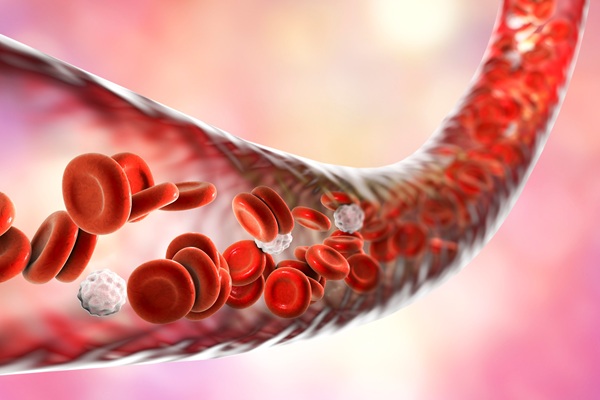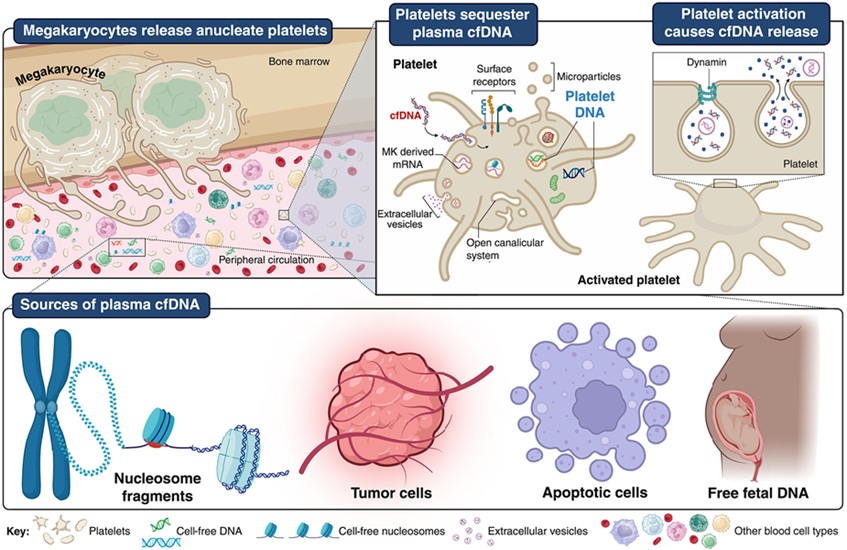Mathematical Model Predicts Erythrocyte Lifespan
By LabMedica International staff writers
Posted on 02 Dec 2010
A mathematical model has been developed reflecting how red blood cells (RBCs) change in size and hemoglobin content during their four-month lifespan.Posted on 02 Dec 2010
It appears that erythrocytes from healthy individuals are cleared from the bloodstream before they shrink beyond a specific size. However, in patients with mild iron-deficiency anemia or in genetic conditions such as thalassemia, RBCs continue shrinking past the clearance threshold for healthy cells.
A collaboration between a physician at Massachusetts General Hospital (MGH, Boston, MA, USA) and a mathematician from Harvard University (Cambridge, MA, USA), has led to the development of the mathematical model. The investigators worked to develop a relatively simple mathematical description of how the volume and hemoglobin content of the average RBC change over time. Starting from the known characteristics of young and mature cells, they developed equations that approximate how the young cells are transformed into mature cells. After building their model with data from healthy individuals, they discovered that data from patients with three types of anemia correspond to different parameter values in the model.
The investigators were able to predict the development of iron-deficiency anemia, when they saw an increasing population of small erythrocytes in blood samples from individuals who had a normal blood test and then went on to develop iron-deficiency anemia 30 to 90 days later. A good deal is known about how these cells initially develop from blood-system stem cells, but much less is known about how RBCs mature and are eventually destroyed. Recent studies have revealed that very young RBCs, which are larger and have higher hemoglobin levels than mature cells, experience a rapid loss in size and hemoglobin content during their first few days. As the cells mature, they continue to lose both volume and hemoglobin, but at significantly slower rates.
John Higgins, M.D., a physician at MGH, said, "Unexplained iron-deficiency anemia in adults is often a sign of a much more serious disorder. One study showed that 11% of those with iron-deficiency anemia not caused by obvious bleeding actually had colon cancer. In cases like those, diagnosing anemia 90 days earlier would be comparable to diagnosing the underlying cancer 90 days sooner." The study was published online on November 8, 2010, in Proceedings of the [US] National Academy of Science (PNAS) early edition.
Related Links:
Massachusetts General Hospital
Harvard University













